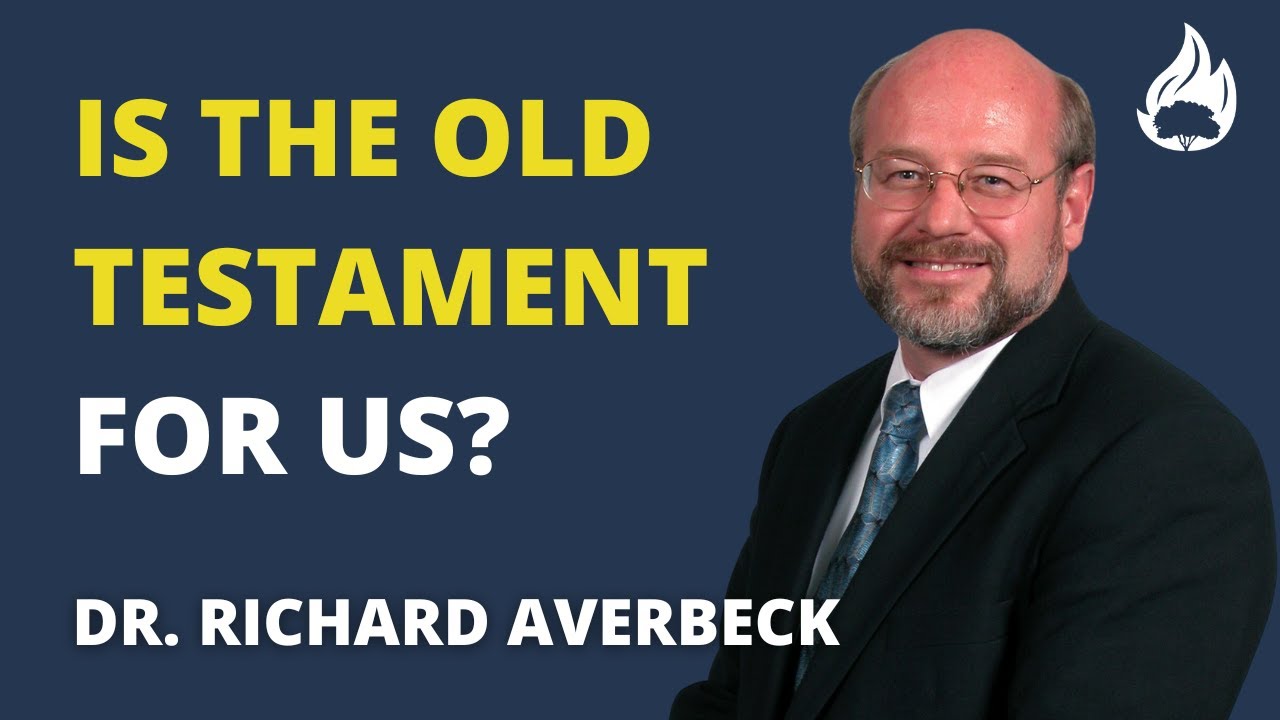Galatians 3:10-25 talks about why we don’t need to follow the Mosaic law in order to receive salvation. Paul writes that the law was simply there as guardrails from the time God promised Abraham a blessing, to the time that the blessing would be fulfilled. With regards to the purpose of the law, Paul says,
The purpose was that the blessing of Abraham would come to the Gentiles by Christ Jesus, so that we could receive the promised Spirit through faith.
It seems clear that the Old Covenant was made to Abraham by God. This covenant was a promise that Abraham will be made into a great nation, that he will be blessed, that his name will be great, that he will be a blessing to others, and that all peoples on earth will be blesssed through him (Gen 12:1-3). This is the obvious starting point of the covenant.
Gen 17:1-8 makes it clear that it’s God who sets up the covenant, and that God will confirm the covenant throughout generations. God gives Moses the law 430 years after this covenant is established (Gal 3:17) and that it didn’t invalidate the covenant made to Abraham or cancel the promise.
My line of thought here is that I so often hear preaching of the old covenant being done away with, and that with Jesus we have a new covenant. This ‘Old Covenant’ is equated with the Mosaic law and in the New Covenant, the law is done away. However, looking at the text in Galatians, it seems very much to me like we’re continuing to see the fulfilment of the old covenant. The Old Covenant was never done away with, we’re just seeing it at the other end.
I wondered whether people have heard similar teaching, and how you’d understand the idea that the New Covenant is a continuation of the Old one, and whether it should even be called a New Covenant?
